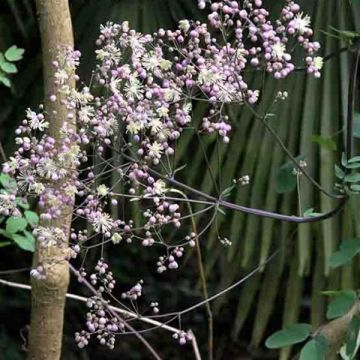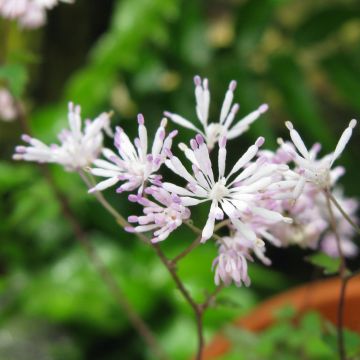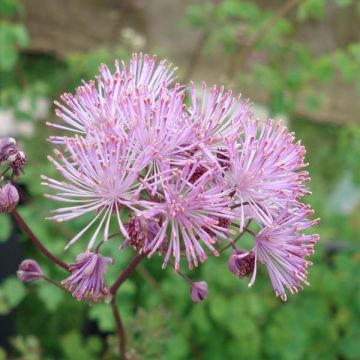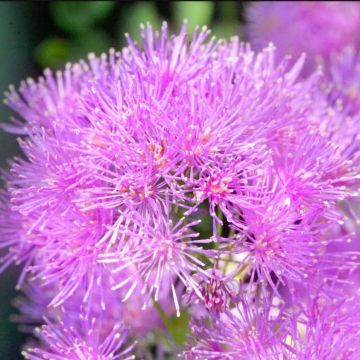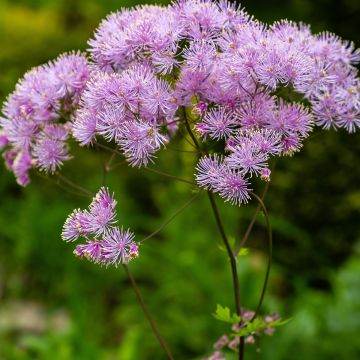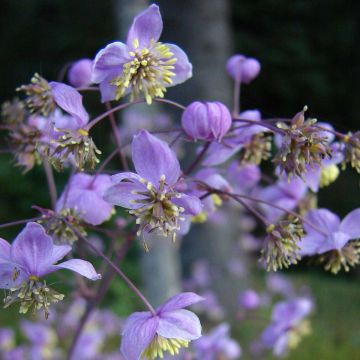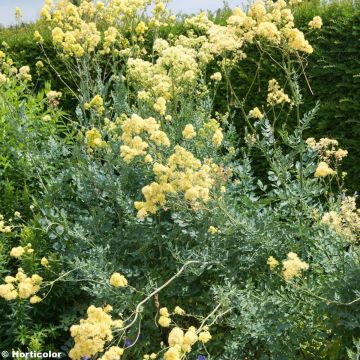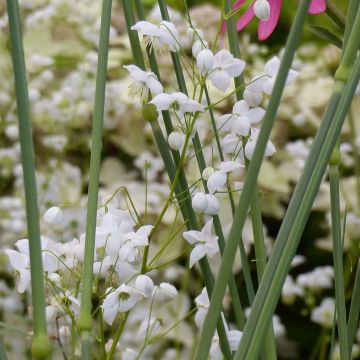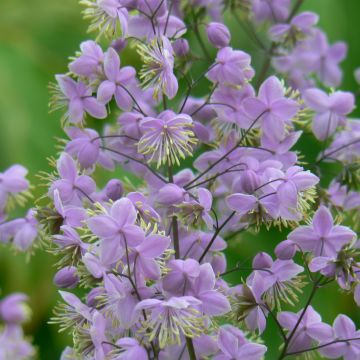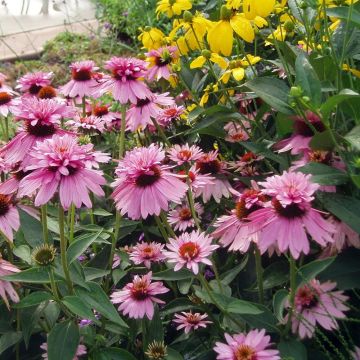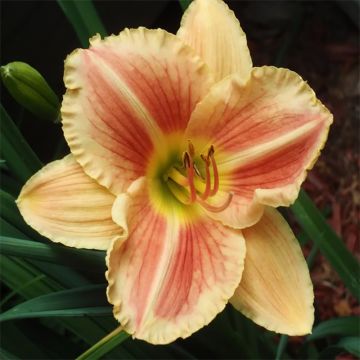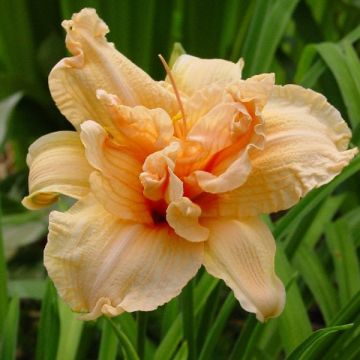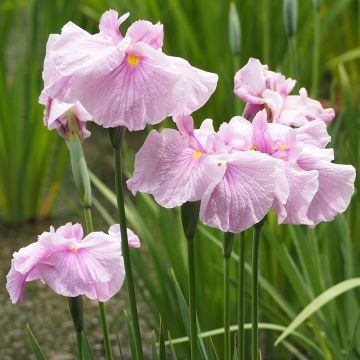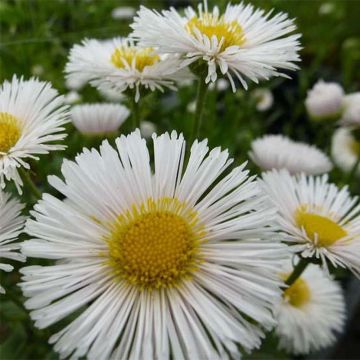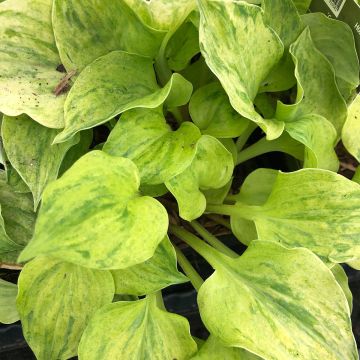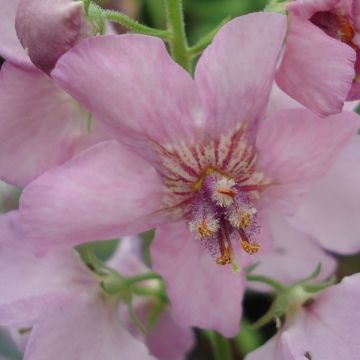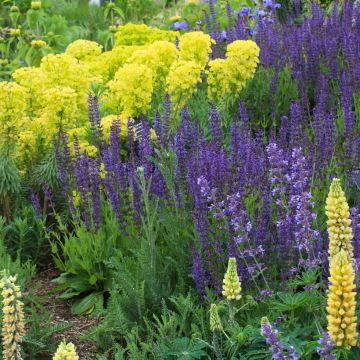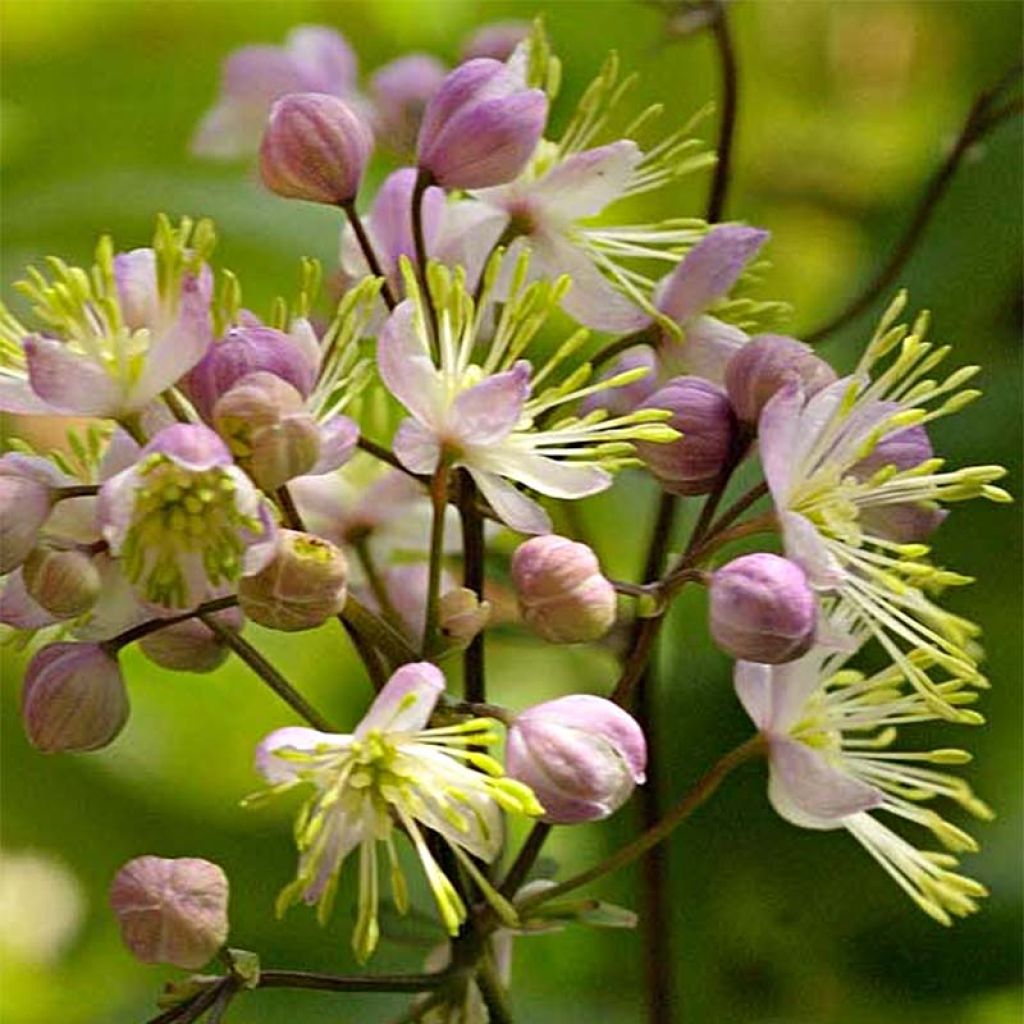

Thalictrum Anne - Meadow-rue
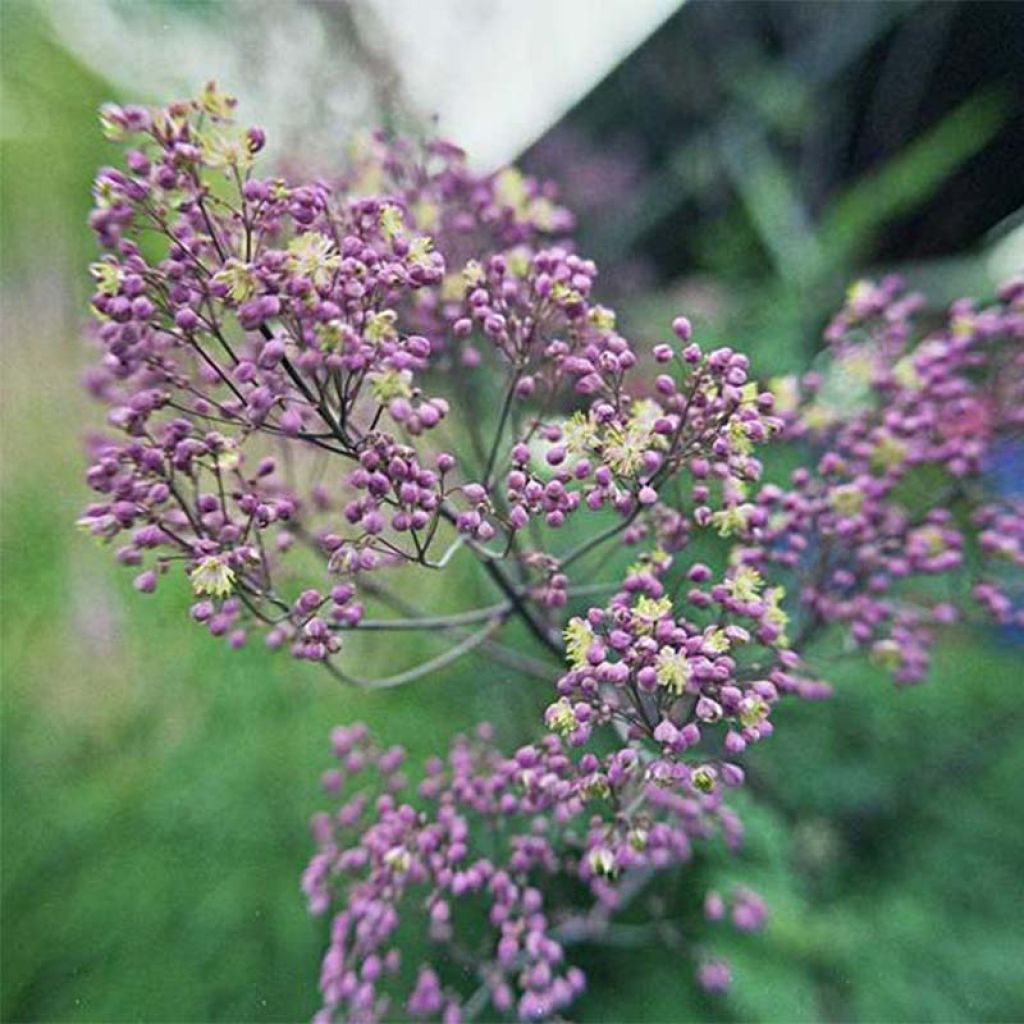

Thalictrum Anne - Meadow-rue
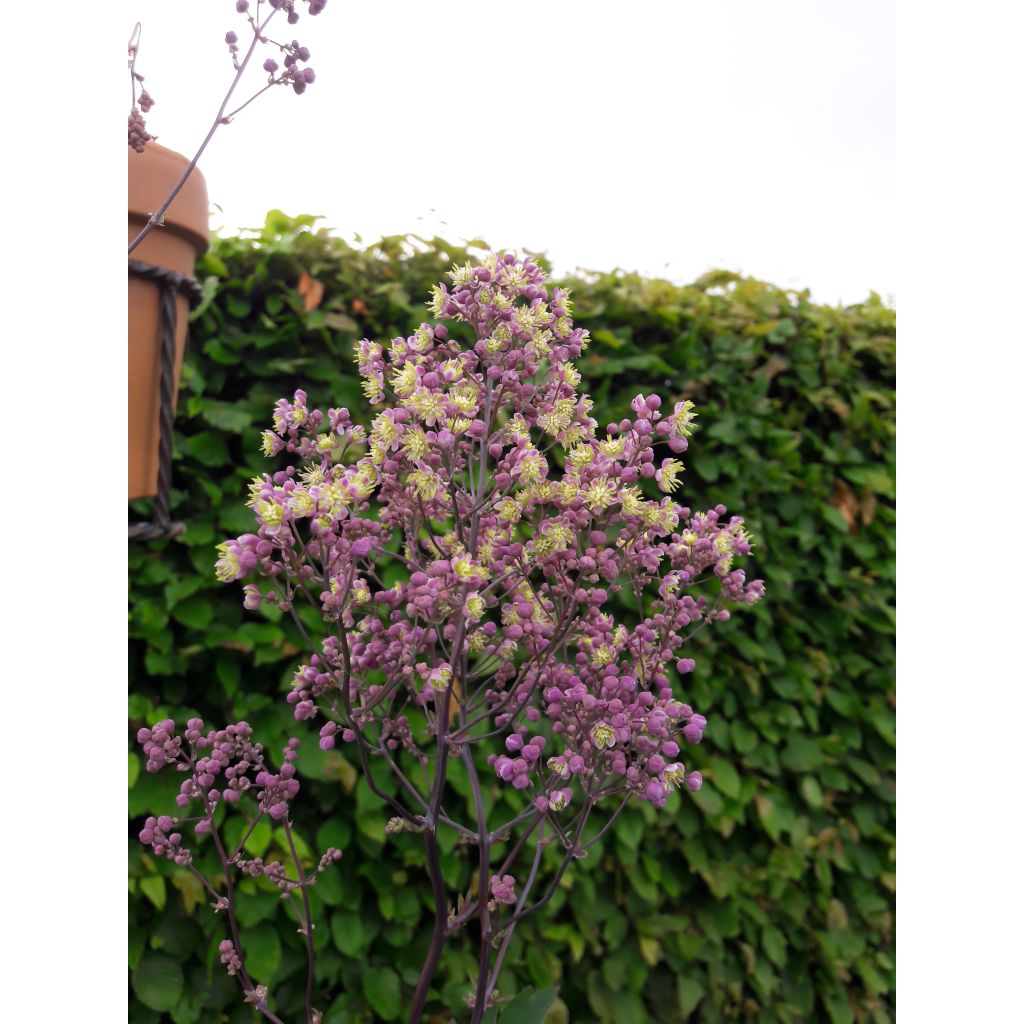

Thalictrum Anne - Meadow-rue
Thalictrum Anne - Meadow-rue
Thalictrum Anne
Meadow Rue
Healthy young plant.
Christine, 14/10/2021
This item cannot be shipped to the selected country
Delivery charge from €5.90
More information
Delivery charge from €5.90
More information
Schedule delivery date,
and select date in basket
This plant carries a 12 months recovery warranty
More information
We guarantee the quality of our plants for a full growing cycle, and will replace at our expense any plant that fails to recover under normal climatic and planting conditions.
From €5.90 for pickup delivery and €6.90 for home delivery
Express home delivery from €8.90.

Does this plant fit my garden?
Set up your Plantfit profile →
Description
Thalictrum 'Anne' is a wonderful descendant of the excellent 'Elin' giant meadow rue. In summer, the plant reaches over 2m (7ft) in height, with its ethereal and ever-changing flowering, where each tiny flower evolves from violet-pink to creamy-white. This cloud of flowers, carried by beautifully coloured, sturdy stems, displays a colour palette that is as unusual as it is delightful. Apart from its summer flowering, 'Anne' showcases delicately cut foliage, splendidly blue-tinted in summer. In the garden, this very airy Thalictrum takes up little space on the ground. It will find its place at the back of semi-shaded flower beds, in ordinary but moist soil.
Thalictrum 'Anne' is a seedling of the hybrid meadow rue 'Elin', which was thought to be sterile. The latter is a hybrid between Thalictrum flavum var. glaucum and T. rochebrunianum: it has vigorous growth and elegant flowering. All these plants belong to the Ranunculaceae family.
The cultivar 'Anne' is a herbaceous perennial with a robust stump, and exhibits an upright and erect habit, forming a bushy clump, from which flexible but sturdy stems, purplish in colour, rise in summer, reaching or even exceeding a height of 2m (7ft). However, the plant only occupies a width of 30 to 40cm (12 to 16in) on the ground. The purplish stems are adorned with finely cut leaves, initially dark green, taking on a beautiful grey-blue shade in summer. The inflorescences appear in July-August, reaching heights of up to 2.50m (8ft)! They are quite dense panicles, filled with a multitude of tiny flowers that gradually transition from deep pink-lilac to creamy-white. These star-shaped flowers are inclined and composed of four prominent petals surrounding prominent stamens, giving them a ruffled appearance. Meadow rues, which are rather slow to establish themselves, become more beautiful over time. They are quite hardy but do not appreciate competition from nearby roots.
Sturdy and accommodating, 'Anne' deserves a prime spot, as a specimen or at the back of a flower bed, in a natural, poetic, and lush garden. This giant, with its head in the clouds, provides the same ornamental function as panicled baby's breath, but unlike them, it chooses the damp and shady areas of the garden. With its growth, lace-like foliage, and elusive flowering, it is perfect for adding height and lightness to flower beds. Despite its size, its transparent silhouette allows it to be placed at the front of flower beds to create a surprise effect. It is particularly striking in contrast with less delicate perennials (Rodgersia, Hosta), as well as at the edge of shrub beds. It will naturally find its place alongside Hydrangeas, bush or climbing Roses, Fuchsias, Japanese Anemones, aconites, astilbes, bellflowers, foxgloves, and many others. It also looks stunning with grasses or other graphic shrubs such as elderberries or sacred bamboos.
Thalictrum Anne - Meadow-rue in pictures
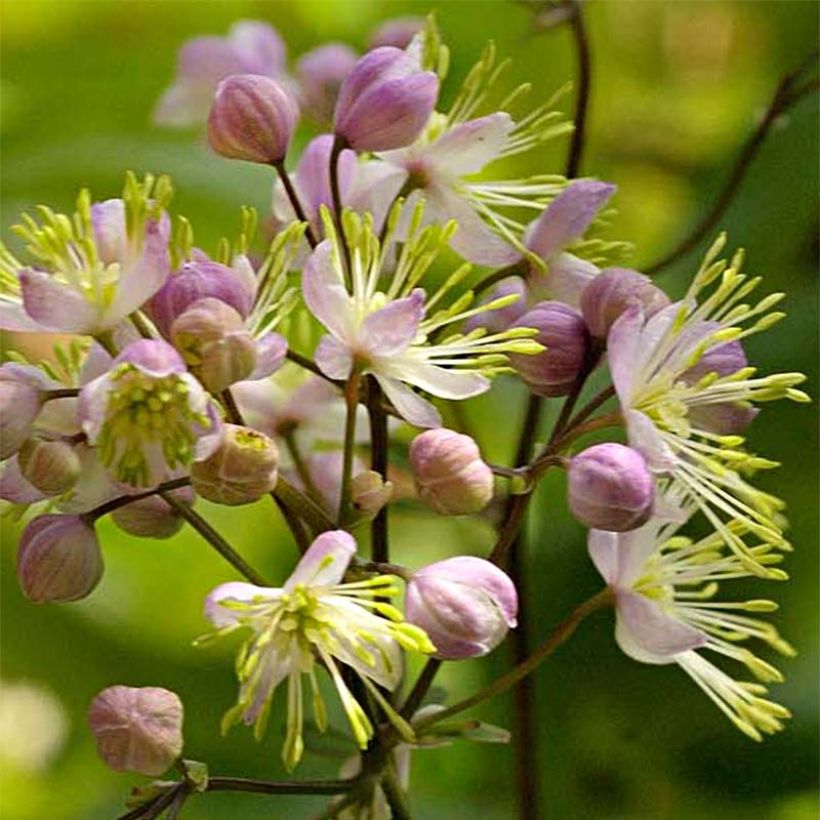

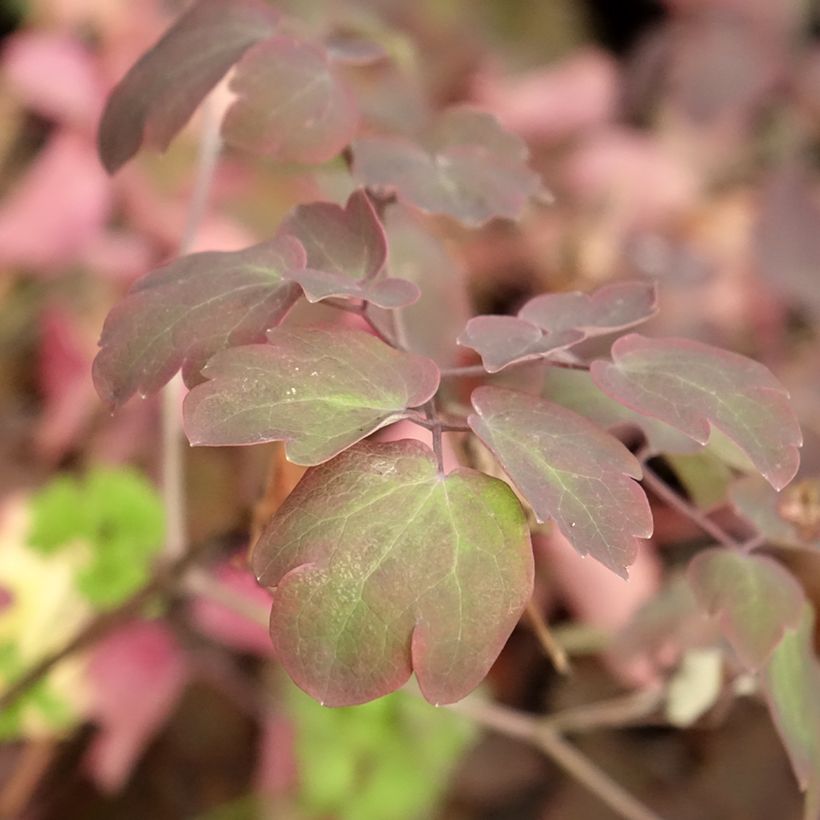

Flowering
Foliage
Plant habit
Botanical data
Thalictrum
Anne
Ranunculaceae
Meadow Rue
Cultivar or hybrid
Other Thalictrum - Meadow Rue
Planting and care
Despite its delicate and fragile appearance, Thalictrum 'Anne' is a hardy and low-maintenance perennial. It simply needs to be planted in partial shade or even full shade, in a moist to wet soil, rich in organic matter and well-drained, without too much limestone. It is possible to establish it in the sun, as long as the soil remains moist and there is ambient humidity around the plant. Planting can be carried out in spring or autumn. Planting at the base of a north or east-facing wall is ideal. Don't hesitate to amend the soil with compost every year to improve winter drainage and facilitate root development. Also, don't forget to water regularly during dry and hot periods. Regularly deadhead the faded flowers to prolong the flowering period. Losing its leaves in autumn and completely disappearing in winter, it will only reappear in spring quite late. Therefore, it is advisable not to cut the plant down in autumn, so as not to forget its location the following spring.
Being a bit slow to establish, it will delight the gardener over the years! Due to its large size, staking may be necessary, especially if this Meadow Rue is used as a standalone plant or in a windy location. To avoid this inconvenience, it is recommended to plant it in the midst of other plants and bushes, against which it can lean. Dividing the clumps is done in March-April, by cutting the clump into several pieces with a spade, but the divisions take a long time to establish. Highly resistant to diseases, it may, however, be susceptible to powdery mildew during periods of drought and to slug attacks when young shoots start to appear.
Planting period
Intended location
Care
Summer flowering perennials
Haven't found what you were looking for?
Hardiness is the lowest winter temperature a plant can endure without suffering serious damage or even dying. However, hardiness is affected by location (a sheltered area, such as a patio), protection (winter cover) and soil type (hardiness is improved by well-drained soil).

Photo Sharing Terms & Conditions
In order to encourage gardeners to interact and share their experiences, Promesse de fleurs offers various media enabling content to be uploaded onto its Site - in particular via the ‘Photo sharing’ module.
The User agrees to refrain from:
- Posting any content that is illegal, prejudicial, insulting, racist, inciteful to hatred, revisionist, contrary to public decency, that infringes on privacy or on the privacy rights of third parties, in particular the publicity rights of persons and goods, intellectual property rights, or the right to privacy.
- Submitting content on behalf of a third party;
- Impersonate the identity of a third party and/or publish any personal information about a third party;
In general, the User undertakes to refrain from any unethical behaviour.
All Content (in particular text, comments, files, images, photos, videos, creative works, etc.), which may be subject to property or intellectual property rights, image or other private rights, shall remain the property of the User, subject to the limited rights granted by the terms of the licence granted by Promesse de fleurs as stated below. Users are at liberty to publish or not to publish such Content on the Site, notably via the ‘Photo Sharing’ facility, and accept that this Content shall be made public and freely accessible, notably on the Internet.
Users further acknowledge, undertake to have ,and guarantee that they hold all necessary rights and permissions to publish such material on the Site, in particular with regard to the legislation in force pertaining to any privacy, property, intellectual property, image, or contractual rights, or rights of any other nature. By publishing such Content on the Site, Users acknowledge accepting full liability as publishers of the Content within the meaning of the law, and grant Promesse de fleurs, free of charge, an inclusive, worldwide licence for the said Content for the entire duration of its publication, including all reproduction, representation, up/downloading, displaying, performing, transmission, and storage rights.
Users also grant permission for their name to be linked to the Content and accept that this link may not always be made available.
By engaging in posting material, Users consent to their Content becoming automatically accessible on the Internet, in particular on other sites and/or blogs and/or web pages of the Promesse de fleurs site, including in particular social pages and the Promesse de fleurs catalogue.
Users may secure the removal of entrusted content free of charge by issuing a simple request via our contact form.

































